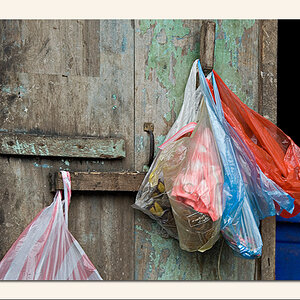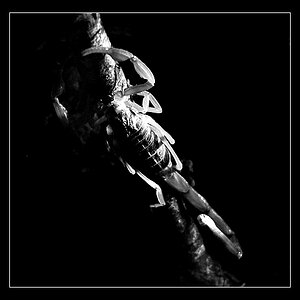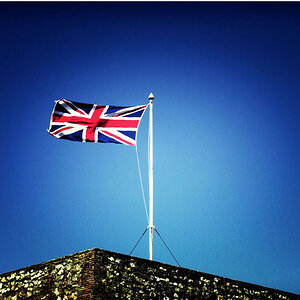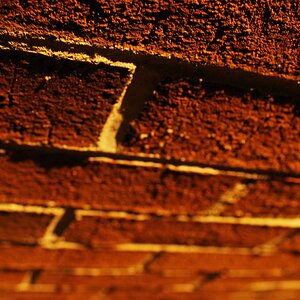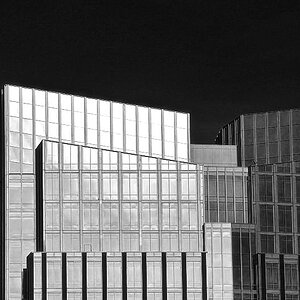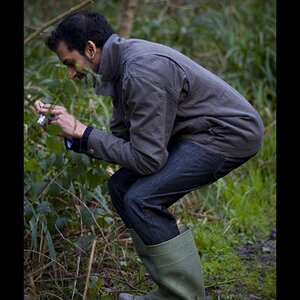chuasam
Been spending a lot of time on here!
- Joined
- Feb 9, 2012
- Messages
- 3,588
- Reaction score
- 928
- Can others edit my Photos
- Photos NOT OK to edit
I myself am trying to let go of the instinctive need to have sharp images and work towards embracing this wabi-sabi concept. The Wabi-Sabi ties in with my other thread about grain.For an image to appear sharp it must also have parts that appear soft. In all images sharpness is defined more by how it relates to the softer areas (and vice versa) than by any absolute measurement
Most of my cell phone images are sharp without any softer areas. Most of my studio shots at f9 are all sharp without the need of any softer areas for the images to appear to be sharp. The relativity of sharp vs soft is more or less subject isolation/separation and a way to direct viewer's attention and focus IMHO.
The intent of this thread is for people not to let technical perfection stop them from being free and creative, and I agree. I joined this forum many years ago and experienced the same issue, where too much focus was put on the technical perfection and my images became bland and boring. Photography was no longer fun and I was more obsessed with gear rather than photos. You need to understand the technical aspect of photography but don't let it hinder you from being creative. Being creative is much harder to master in photography because everything has been done already, so people just cling on to the technical aspect of it.
“To Taoism that which is absolutely still or absolutely perfect is absolutely dead, for without the possibility of growth and change there can be no Tao. In reality there is nothing in the universe which is completely perfect or completely still; it is only in the minds of men that such concepts exist.”
― Alan W. Watts


 for this post and photo as an example, like you've read my mind!
for this post and photo as an example, like you've read my mind!
